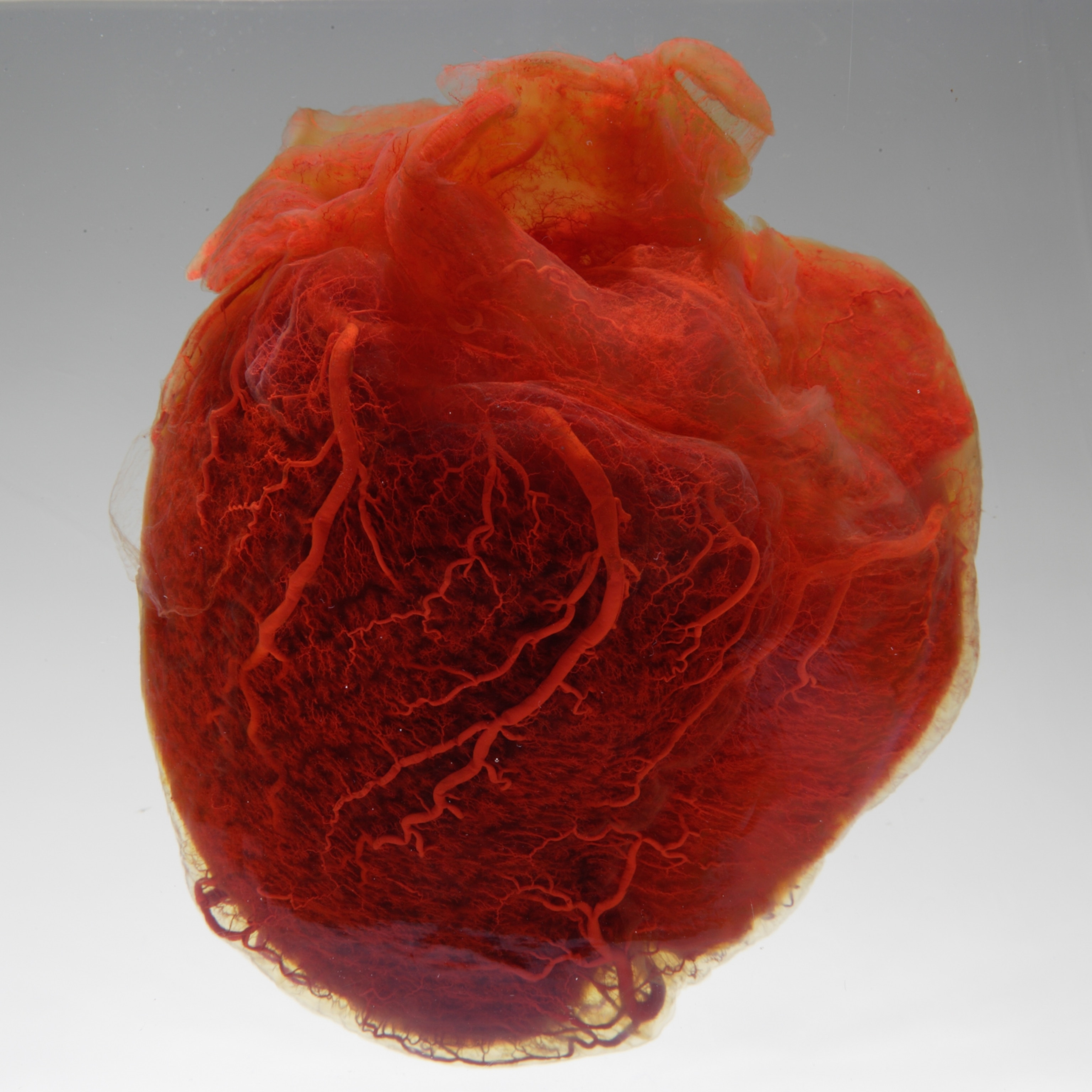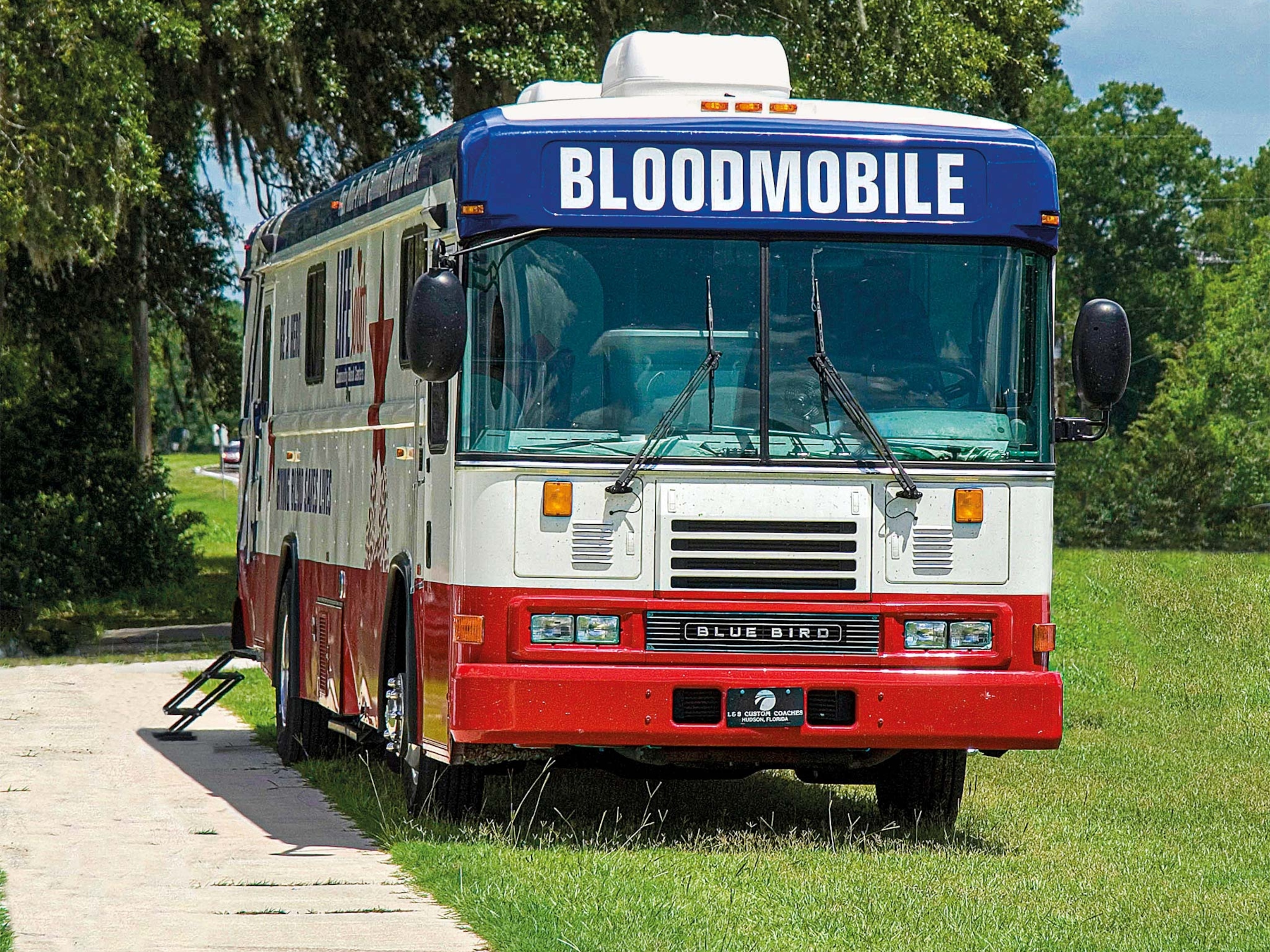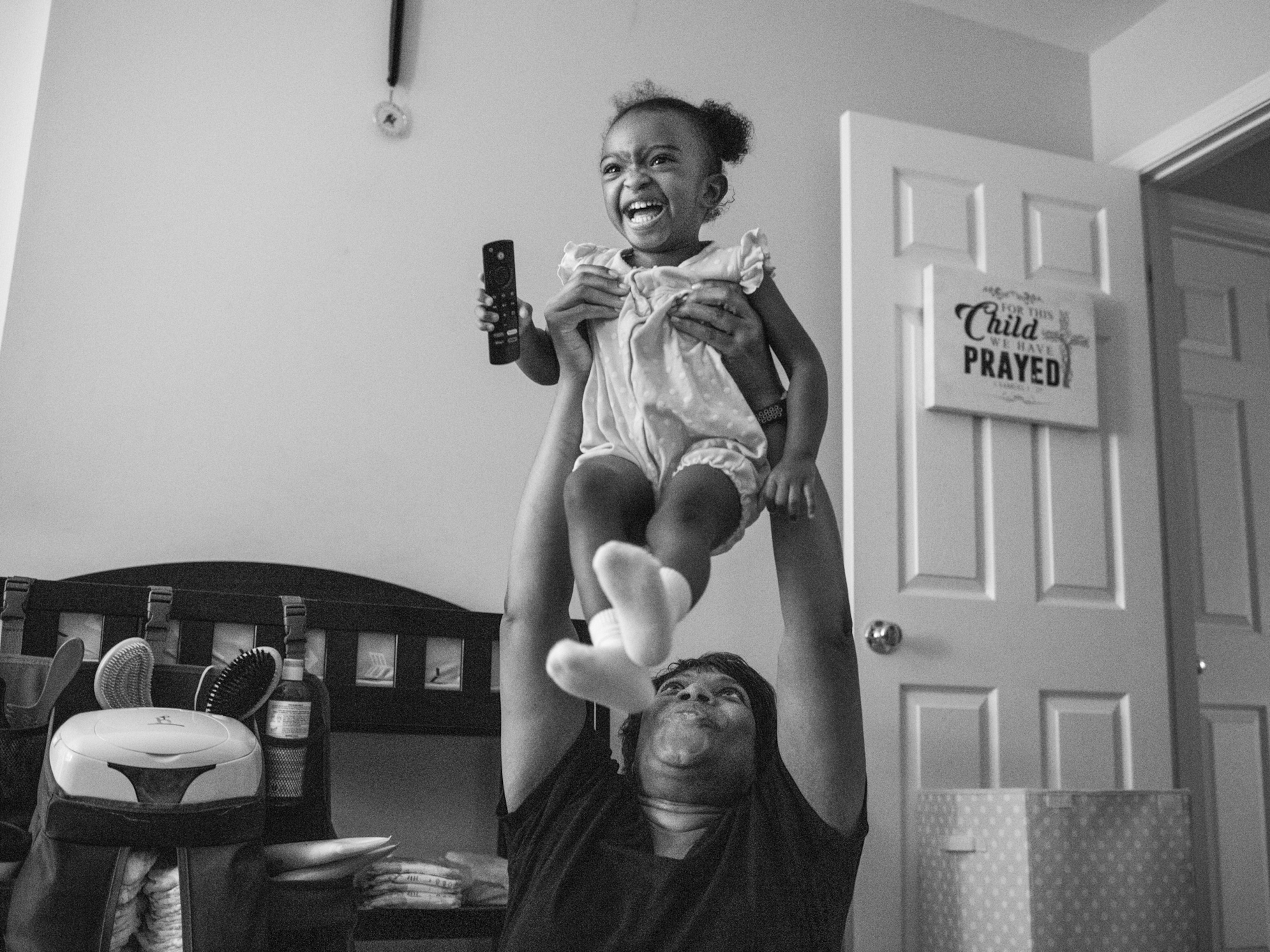
Can you solve the plastics problem? New prize invites ideas.
Plastic is choking the ocean. A new innovation challenge looks for ideas on how to solve the pollution problem from anyone, anywhere.
Plastic is everywhere. It pools in the farthest reaches of the ocean and collects on the slopes of the highest mountains; researchers have found it in whales’ bellies and in the groundwater reserves we tap for drinking. Every day, about one megaton more is produced, enough to make almost 22 trillion water bottles—and more than 90 percent of that will never see the inside of a recycling plant.
So what should we do about it? How can we keep that plastic from drowning the planet?
Solutions to a problem as “big and knotty” as this one are going to require all hands on deck, says Valerie Craig, deputy to the chief scientist at the National Geographic Society. Good ideas could come from anyone, anywhere. So to tap the entire world’s creativity and expertise, the National Geographic Society and Sky Ocean Ventures have put together the Ocean Plastic Innovation Challenge to source ideas from around the world about how to address plastic waste.
“We hope we can inspire people of diverse backgrounds to utilize their own resources, to try to really solve the problems they see and reach their own goals,” says Fred Michel, the head of Sky Ocean Ventures, an impact investment arm of the London-based Sky media company. “And maybe—we hope—they’ll come up with something amazing, something transformational.”
The challenge, announced Monday, is split into three tracks, each designed to address a different part of the plastics pollution problem. Each track is eligible for prizes totaling up to $500,000 as well as the opportunity for further investments and business mentoring from Sky Ocean Ventures.
Innovators can submit their ideas until June 11. A team of judges selected by National Geographic and Sky Ocean Ventures will pick the best of the bunch by early July—up to 10 finalists per track—and those finalists will have until November to develop their ideas further. The winners will be announced in December of 2019.
The first challenge is a call to design better packaging—a fully biodegradable coffee cup, for instance; or a wrapper for energy bars that breaks down over time; or a “wild card” idea that addresses a different packaging problem. Teams can submit ideas for any of the three categories.
The second challenge asks for creative zero-waste business models. How, asks Craig, can businesses get their products to their customers with less—or no—plastic?
“The soda business is essentially a plastic bottle business,” she gives as an example. But is there a way to get customers the drinks they want—without the bottles getting in the way? Teams can submit ideas for how to either build better business models or to use technology solutions to get products to consumers without packaging waste.










The third challenge taps designers and data miners to show the scale of the plastics pollution problem in a creative, intuitive way. The goal is to highlight both the breadth of the problem—the 270 pounds of plastic waste each American goes through each year, for example—and the power of collective action. Four finalist teams will get to work with the National Geographic graphics team to fine-tune their visualizations, and one winner will take home a $10,000 prize.
Creativity can come from anywhere
There are many ways to chip away at the problem of plastic pollution. Some pushes come from inside the industry itself, like when companies cut back on packaging. Others come from regulations, like bans on straws or Styrofoam containers.
(Read about the complicated story behind banning straws here).
Another strategy? Open the conversation up so that anyone can throw their good idea into the hat—and offer a prize for the best innovations.
“It’s like a really big flashing beacon, or a balloon, saying—hey! Look over here! Here's what we care about. Now go out and solve it,” says Fiona Murray, an expert on prizes and incentives at MIT.
There is a long and storied history of using prizes to solve big technical or environmental problems.
As late as the early 1700s, European sailors had a conundrum. They had figured out how to use the position of the sun, measured at noon, to pinpoint their exact latitude on the globe, so they could track how far north or south they had sailed. But they didn’t have any way of measuring longitude, so they had only the roughest of guesses about how far they’d gone east or west.
The British government set a reward of up to 20,000 British pounds (today, that would be about 3.4 million dollars) to anyone who could come up with some reliable way of determining longitude.
The most ocean-minded Europeans could not solve the problem: Not the captains or the boatbuilders or the scientists scratching out equations. The answer, instead, came from a clock builder named John Harrison, who built a clock that could keep precise track of time on the rocking decks of a ship. If sailors knew exactly what time it was on their ship, and the time at another place with a precisely known longitude, they could back out their own exact position.
Would the problem have been solved without Harrison? Eventually, says Reto Hofstetter, a management expert at the University of Lucerne in Switzerland. But the reward, or prize, incentivized him and many others to scheme and tinker in ways that sped up the discovery.
Big, complicated environmental issues like pollution rarely have an obvious fix either. But prizes can also work well to source creative solutions that may otherwise have gone un-invented.
Craig points to the Wendy Schmidt Oil Cleanup Challenge, set after 2010’s Deepwater Horizon oil spill in the Gulf of Mexico. Industrial cleanup companies proposed to use the same techniques they’d been using for years. But the organizers, the XPRIZE Foundation, wondered if there was another solution, so they put out a $1.4 million prize for the best new ideas.
A team of young people—“who would never have otherwise ended up working on this problem together,” says Craig—proposed a whole new strategy: Stuffing casings with absorbent material and using those to mop up the mess.
Michel hopes the new Ocean Plastic Innovation Challenge will spur similar creativity. “The key point is to help these innovators,” he says. “We want to help them grow, develop their product, do great innovation—and then go to market and get these ideas adopted by consumers.”
Related Topics
You May Also Like
Go Further
Animals
- Octopuses have a lot of secrets. Can you guess 8 of them?
- Animals
- Feature
Octopuses have a lot of secrets. Can you guess 8 of them? - This biologist and her rescue dog help protect bears in the AndesThis biologist and her rescue dog help protect bears in the Andes
- An octopus invited this writer into her tank—and her secret worldAn octopus invited this writer into her tank—and her secret world
- Peace-loving bonobos are more aggressive than we thoughtPeace-loving bonobos are more aggressive than we thought
Environment
- Listen to 30 years of climate change transformed into haunting musicListen to 30 years of climate change transformed into haunting music
- This ancient society tried to stop El Niño—with child sacrificeThis ancient society tried to stop El Niño—with child sacrifice
- U.S. plans to clean its drinking water. What does that mean?U.S. plans to clean its drinking water. What does that mean?
- Food systems: supporting the triangle of food security, Video Story
- Paid Content
Food systems: supporting the triangle of food security - Will we ever solve the mystery of the Mima mounds?Will we ever solve the mystery of the Mima mounds?
History & Culture
- Strange clues in a Maya temple reveal a fiery political dramaStrange clues in a Maya temple reveal a fiery political drama
- How technology is revealing secrets in these ancient scrollsHow technology is revealing secrets in these ancient scrolls
- Pilgrimages aren’t just spiritual anymore. They’re a workout.Pilgrimages aren’t just spiritual anymore. They’re a workout.
- This ancient society tried to stop El Niño—with child sacrificeThis ancient society tried to stop El Niño—with child sacrifice
- This ancient cure was just revived in a lab. Does it work?This ancient cure was just revived in a lab. Does it work?
Science
- The unexpected health benefits of Ozempic and MounjaroThe unexpected health benefits of Ozempic and Mounjaro
- Do you have an inner monologue? Here’s what it reveals about you.Do you have an inner monologue? Here’s what it reveals about you.
- Jupiter’s volcanic moon Io has been erupting for billions of yearsJupiter’s volcanic moon Io has been erupting for billions of years
- This 80-foot-long sea monster was the killer whale of its timeThis 80-foot-long sea monster was the killer whale of its time
Travel
- Spend a night at the museum at these 7 spots around the worldSpend a night at the museum at these 7 spots around the world
- How nanobreweries are shaking up Portland's beer sceneHow nanobreweries are shaking up Portland's beer scene
- How to plan an epic summer trip to a national parkHow to plan an epic summer trip to a national park
- This town is the Alps' first European Capital of CultureThis town is the Alps' first European Capital of Culture







